Keeping the home garden growing

If you look closely into the world of meaningful sayings, under the section that includes "a builder's house is never finished" and "a mechanics car always needs tuning", there’s bound to be one that says "a seed merchant's garden is never weed-free" only looking neat and tidy for a couple of days... Being mid-summer, there are many interesting things going on in our garden: A riot of colour, buzzing with bees and beneficial insects many, different plants with ripening seed heads and then, of course, summer grasses and fat-hen weeds growing like they’re on steroids!
Some eye-catching crops this week...
Calendula are one of those annuals you can rely on to self-sow everywhere in a wide range of shades. I swear we have different colours coming up from what we originally sowed suggesting they’re easy cross pollinators. They make great edible flowers and garnishes with the brighter orange shades useful in herbal tinctures as well. It's always best to thin them out otherwise they're prone to being too dense and may develop powdery mildew earlier than they should through limited air movement.
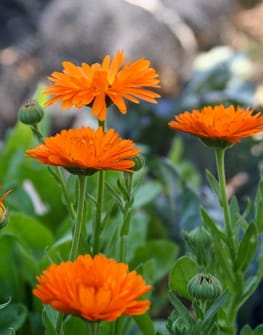
Gloriosa Lilies - the national flower of Zimbabwe. They’re one of our Christmas favourites with their exotic flame-like appearance and have become a beautiful display wherever the tubers have been planted - a stunning picture en masse! They have quite rigid stems with a tendril on the end of their leaves allowing them to cling upright to anything handy. They make a unique cut flower with a good vase life.
There are so many now that when they’re ready to lift in autumn, there will probably extra tubers to sell at a discounted rate if anyone's interested?
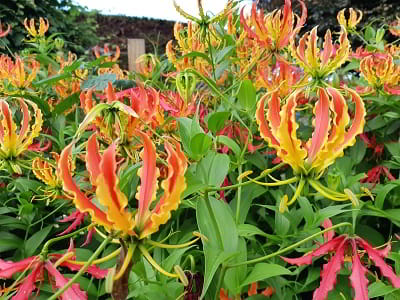
Echinacea are a "Must Have" in any summer garden! Not only are they extremely drought tolerant and undemanding, but they also attract many different butterflies, with their easy access nectar and look amazing as an ornamental dried coneflower even when the petals have fallen away. While the original species of Echinacea purpurea was a purple colour, modern breeding techniques now offer them in beautiful oranges, reds, whites, pinks and bi-colours like the Green Twister...
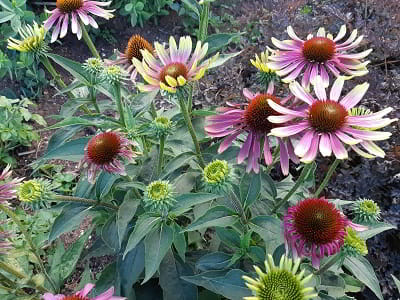
Last year, some green "rubbish" was dumped in a pile by the compost heap from some Swan Plants from which seed had been extracted. Obviously, a few seeds had been missed as literally hundreds of them sprouted and grew, creating a short dense hedge of new plants. I doubt they'll produce as many pods as they would if they had a bit more space between them, but it's still an impressive patch. I’ll let the local Monarch Butterfly caterpillars get fat this summer and our grandson enjoys finding the colourful striped critters during his frequent garden visits.
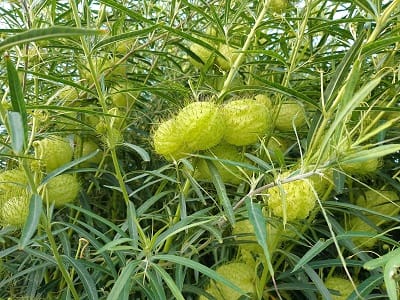
Chinese Angelica or Dong Quai is one of the most important Chinese medicinal herbs, renowned for its blood purifying and hormone-regulating properties. If you rub a leaf, it has a pleasant smell very similar to Celery to which it is related, being a member of the Apiaceae family. The yellow flower head has an umbelliferae shape to it with short florets which the beneficial insects find easy to access. Looking closely most mornings, you can see tiny little parasitic wasps going about their nectar gathering.

At the back of the garden, there are several rows of Tomato Bloody Butcher, growing to harvest the seed. It's a very popular tomato with a great flavour and firm flesh - unfortunately, we can no longer source the seed so we have to produce our own. 100kg of fruit might produce 1kg of seed, hopefully enough to last us for several seasons.

Rhubarb is enjoying a resurgence for home gardeners and there never seems to be enough seed to meet demand. This year we’re trialling a (yet unnamed) variety that is quite compact with a prolific amount of tart flavoured bright red stems. Being compact, it's likely to appeal to gardeners with limited space in which to grow this perennial vegetable.
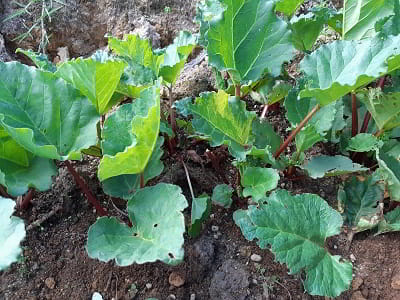
Perovskia (Russian Sage) is a magnificent specimen suited to being at the back of anyone's border garden. It has its own pleasant herbal Salvia fragrance with an attractive light blue flower and is hardy enough to handle many conditions. The plant enjoys being given a decent cut back every year to maintain its shape and is long-lived.

Pepino is an easy to grow plant that produces a welcome addition to summer fruit salads. You can tell straight away that it’s a member of the Solanaceae family with that typical flower shape that eggplants, peppers tomatoes and potatoes all share. Only growing to about 60 cm tall, it's inclined to have either a bushy plant habit or it will sprawl along the ground.
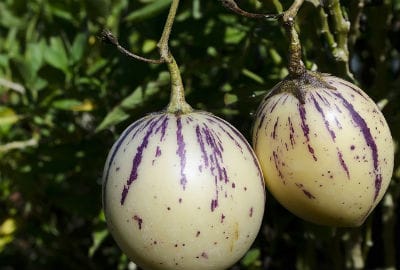
Share with us! What's happening in your summer garden?


























































